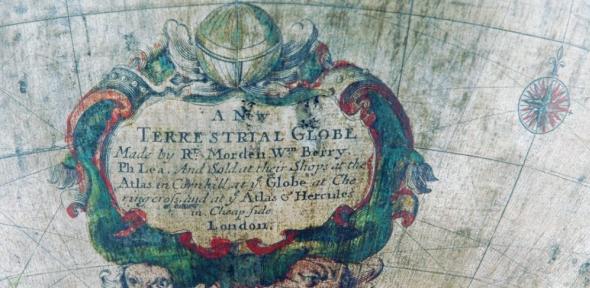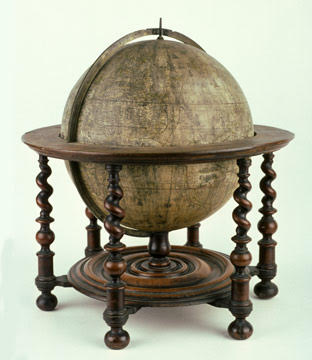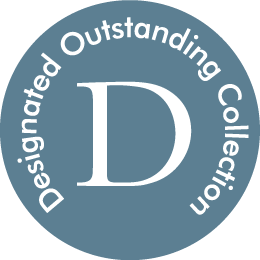Despite the celebratory function of this globe, the discoveries made by explorers presented something of a dilemma for globe makers. The authority for geographical knowledge of the world had previously been ancient texts, but incoming reports by sailors often contradicted the traditional views. Globe makers then faced a difficult decision about which information to trust. An inscription on this globe stresses the "late discoveries" and "celestiall observations of modern authors" used as sources of geographical information, suggesting that the makers preferred modern evidence to texts from antiquity. In this respect, the globe makers were perhaps influenced by the general intellectual trend in 17th century England to value experience and observation over ancient sources. This was a characteristic of the Royal Society, a prominent English scientific society founded in the 17th century, the work of which was certainly known to our globe makers.

Three prominent instrument makers - Robert Morden, William Berry, and Philip Lea - collaborated to make this terrestrial globe at the end of the 17th century, which they sold, paired with a celestial globe, from their shops in the City of London.
A celebration of navigation
Although globes were of little practical use on board ships by the 17th century, they were nonetheless symbols of navigation, representing the world that sailors were attempting to explore. Reflecting this nautical theme, Morden, Berry and Lea have included navigational illustrations on their globe, such as ships, compass points and rhumb lines. More unusually, the globe also features the routes taken by two famous English explorers, Sir Francis Drake and Thomas Cavendish, during their voyages around the world. Successful explorers such as these were often celebrated as national heroes because the income of many European countries at this time was dependent on overseas trade, which necessarily required navigational skill. By including the tracks of Drake and Cavendish, this globe would have been part of the celebration of great English navigators, both recognising their achievements and encouraging other citizens to follow in their footsteps for the glory of the country.
Accuracy
The motivation behind the preference of experience over ancient texts was the notion that the ancient authors were not so knowledgeable as had previously been thought, and that early modern natural philosophers could surpass their achievements. Despite this, it was not simply the case that by relying on modern observation alone this globe was necessarily more accurate than other globes of the period. Although sailors had not yet discovered a southern continent, most globe makers included one on their products because ancient texts had included it; due to their rejection of these texts, Morden, Berry and Lea do not include a southern landmass on this globe, despite the fact that we now know one to exist.
Emma Perkins
Emma Perkins, 'A celebration of navigation: famous voyages depicted on a globe', Explore Whipple Collections, Whipple Museum of the History of Science, University of Cambridge, 2009.




